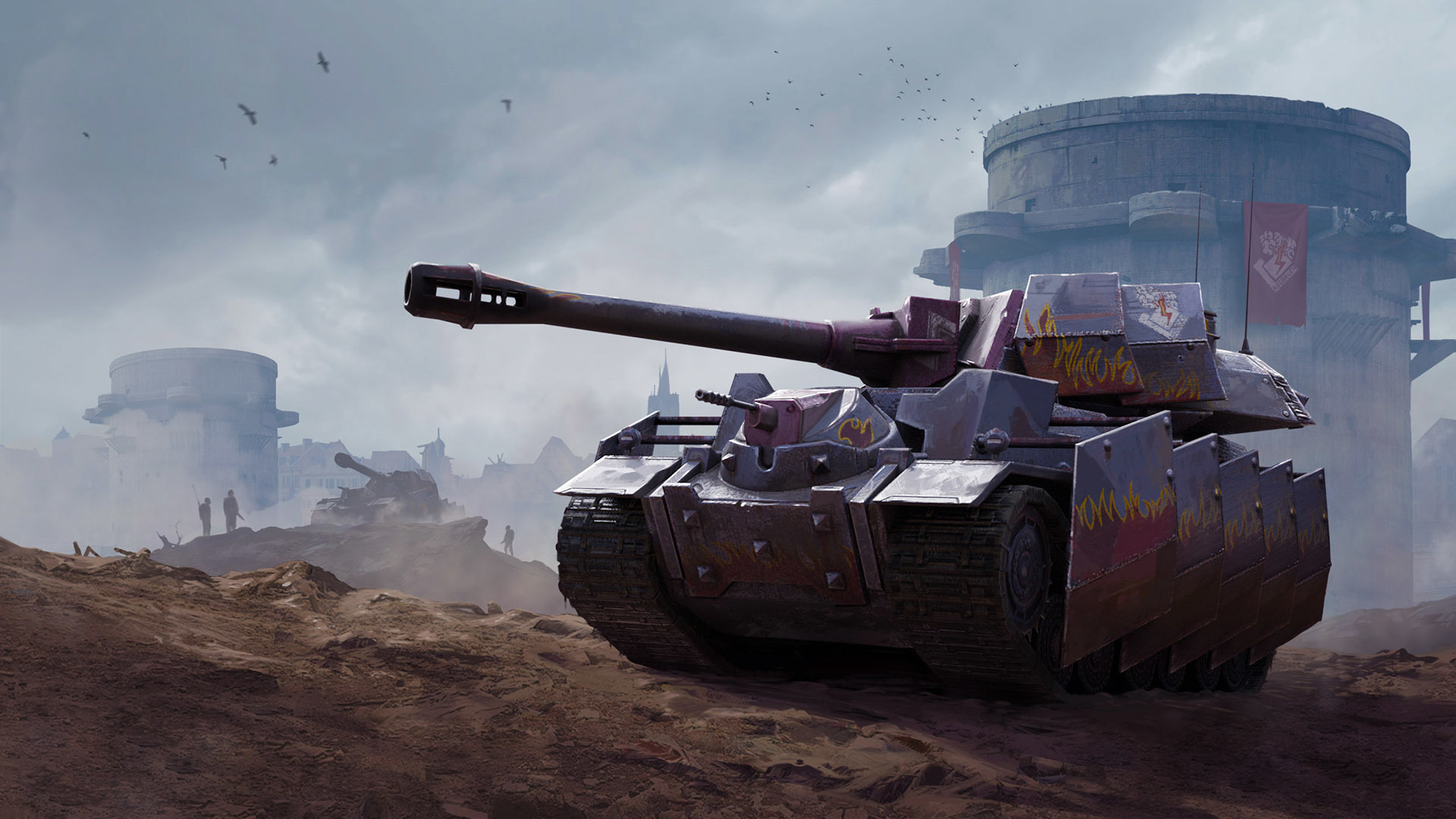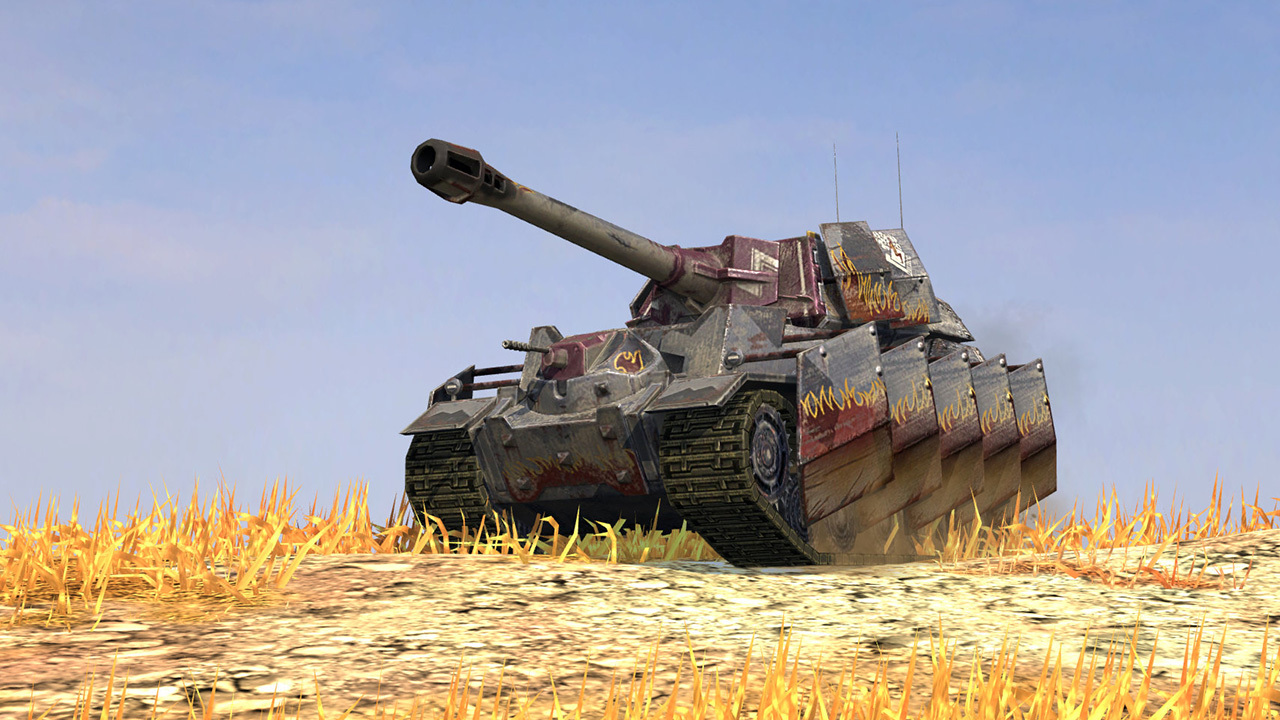The Furious Vulcan

Welcome the new hero of the Valkyria Chronicles! The state-of-the-art imperial tank Vulcan] has arrived in World of Tanks Blitz straight from the epicenter of European War II. This well armed and perfectly armored combat vehicle will intimidate your enemies and tear them to pieces!
Until October 18, bundles featuring the brand-new Vulcan, as well as the iconic Edelweiss, Lupus, Nameless, and Hafen, are available in the Premium Store.
The Vulcan bears a very strong resemblance to German tank destroyers, despite the fact that it has a solid turret instead of casemate.

The first thing you notice about the Vulcan (characteristics) is its reliable armor. The front of the turret is 155 mm thick, while the hull is 160 mm. The sides are less armored, but still pretty impressive due to the protective shielding. Despite being quite well-armored, the Vulcan requires wise combat tactics. Its front is thick, but not invulnerable. To make sure you’ll live to the end of the battle, avoid open areas and use cover.
Although the Vulcan is a heavy tank, it is quite speedy for its class. The 900 hp engine and high specific power guarantee good dynamics. This vehicle can accelerate to 36 km/h and maintain its speed well. Additionally, the tank boasts great maneuverability as the Vulcan acts quickly and accurately, making it perfectly suited for dynamic second-line combat.

The new imperial “heavy” is armed with a 110 mm gun. Its penetration indicators are equal to the Nameless. However, the Vulcan’s AP and APCR shells deal more damage per shot at 350 HP and 290 HP respectively. That's enough to make enemies think twice before approaching.
This combination of solid armor, a powerful gun, and good maneuverability will let you support the offensive, break through enemy lines, and reduce anyone who gets in your way to ashes.
In Valkyria Chronicles, the Vulcan is in the service of the 502nd Imperial Heavy Tank Battalion, better known by its unit name Ausbruch. Its commanding officer was Lieutenant Colonel Klaus Walz. The tank was named after the Roman equivalent of the Greek god, the smith Hephaestus, who was associated with fire in all its aspects, including forges, metalworking, and volcanoes.
